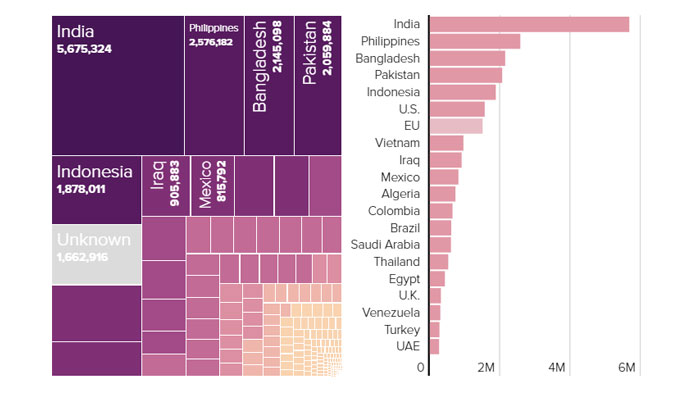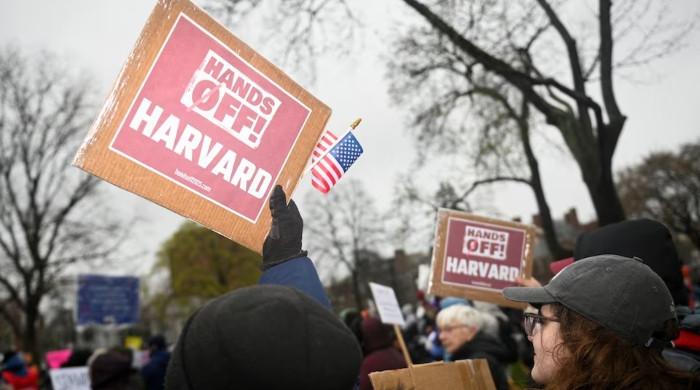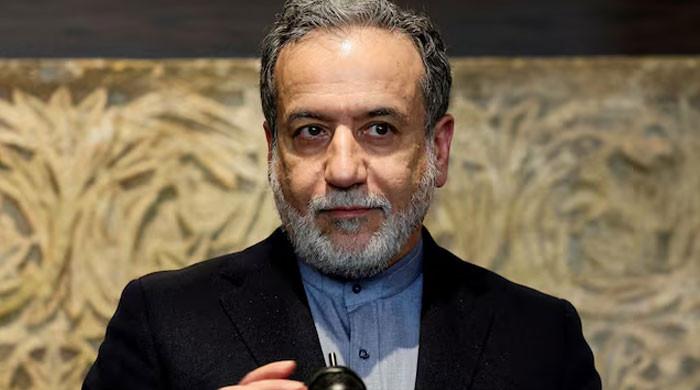India uploaded most child abuse content on social media last year: report
Bangladesh, Pakistan and Indonesia ranked third, fourth and fifth in this list
December 20, 2023

BRUSSELS: The most amount of content including videos and images of child abuse was uploaded on social media from India, while three Islamic countries — Bangladesh, Pakistan and Indonesia — ranked third, fourth and fifth in this list, The News reported citing a report by the European Union Agency for Law Enforcement Cooperation (Europol).
The report published by Europol, headquartered in The Hague, stated that around 5.67 million videos and images of child sexual acts were uploaded from India in 2022.
Whereas, the Philippines, Bangladesh, Pakistan and Indonesia were documented to have uploaded 2.76 million, 2.15 million, 2.1 million and 1.8 million videos and images altogether, respectively.
According to Europol sources, this list includes the 20 largest contributor countries in the world, in which the regions or countries following the first five countries are the United States, the European Union, Vietnam, Iraq, Mexico, Algeria, Colombia, Brazil, Saudi Arabia, Thailand, Egypt, United Kingdom, Venezuela, Turkey and UAE are included. Two countries within the European Union, France and Poland, uploaded the most content containing child abuse, the Europol mentioned.

According to the report, social media platforms Facebook and Instagram reported 21.17 million and 0.55 million obscene images or content to national authorities, respectively.
In 2022, social media giant Meta Platforms found and reported 26 million images on Facebook and Instagram. Teenagers’ favourite apps Snapchat and TikTok respectively filed over 550,000 and nearly 290,000 reports to the US National Center for Missing and Exploited Children, an organisation acting as a clearing house under US law for child sexual abuse material (CSAM) content that technology firms detect and spot.
The European Commission in December also ordered Meta to explain what it was doing to fight the spread of illegal sexual images taken by minors themselves and shared through Instagram, under the EU’s new content-moderation rulebook, the Digital Services Act (DSA). The gravity of the paedophilia crisis deepened when someone uploaded pictures of the molestation of a newborn girl.
A group of international detectives tried to identify details — a toy, a clothing label, a sound — that would allow them to rescue the girl and arrest those who sexually abused her, recorded it and then shared it on the internet.
Even a tiny hint could help track down the country where the baby girl was assaulted, allowing the case to be transferred to the right police authority for further investigation. Such details matter when police are trying to tackle crimes carried out behind closed doors but disseminated online across the world.
Finding and stopping child sex offenders is gruesome and frustrating most of the time — yet hugely rewarding sometimes — police officers part of the international task force at the EU agency Europol told Politico, a global nonpartisan politics and policy news organisation.
Offenders are getting better at covering their digital tracks and law enforcement officials say they don’t have the tools they need to keep up. The increasing use of encrypted communication online makes the work of investigators harder, especially as a pandemic that kept people at home and online ramped up a flood of abusive images and videos.
Politicians across the world are keen to act. In the EU and the United Kingdom, legislators have drafted laws to dig up more illegal content and extend law enforcement’s powers to crack down on child sexual abuse material.
Europol created a database in 2016 and this system now holds 85 million unique photos and videos of children, many found on paedophile forums on the “dark web” — the part of the internet that isn’t publicly searchable and requires special software to browse.











